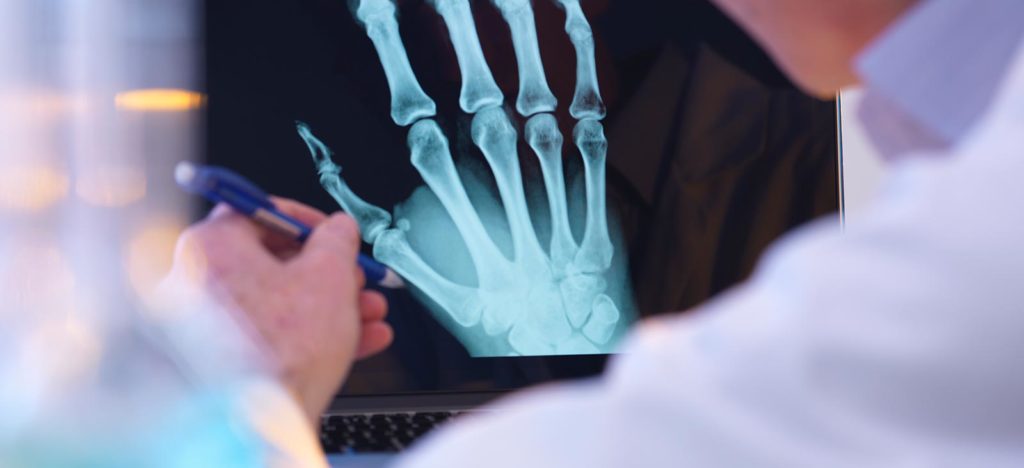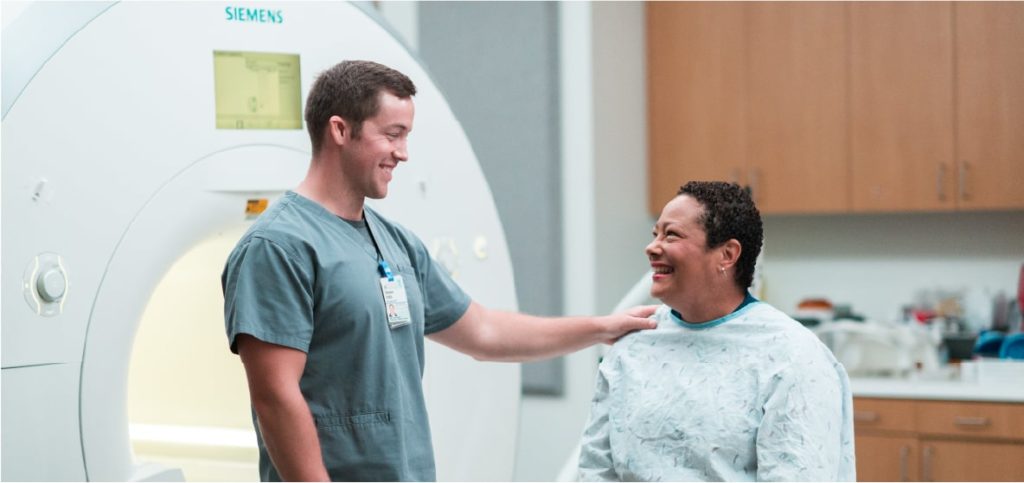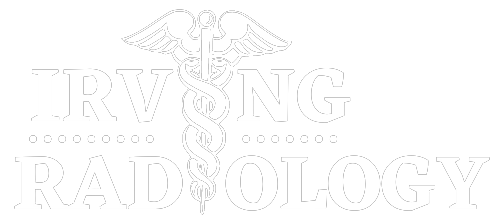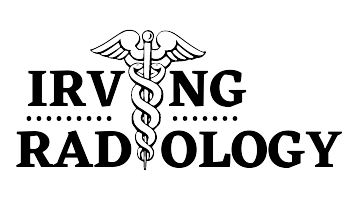
Radiology is also referred to as diagnostic imaging. The procedure includes several tests that entail projecting and picturing certain body locations. CT scans, MRIs, X-rays, and ultrasounds are all diagnostic techniques that rely on radiology. The most crucial part of any illness management in radiology.
It also contains a wide range of monitoring, assessment, and therapeutic methods and techniques. It’s also how the doctor gets detailed information on disease-related structural changes. We all know that early detection can save a lot of lives and that without it, there is no way to make an accurate diagnosis and hence no therapy.
The relevance of radiology in treatment cannot be emphasized.
Radiography is required in a range of therapeutic procedures. So, let’s speak about how important it is to the process:

The X-ray was the catalyst for the development of radiology, which took medical science to a new level. It let us see within our bodies, allowing us to diagnose diseases and bones that we would not have been able to diagnose otherwise.
X-rays employ radiation to look for dysfunctional internal organs or bones that could be the root of the disease. This process allows your doctor to look for any irregularities in your bone structure that may aid in your therapy.
Other imagining or visualizing –
In addition to X-rays, radiology is involved in a wide range of imaging procedures. This technology allows doctors and surgeons to examine real-time photographs of the inside of the body.
The significance of radiographers-
Doctors require accurate diagnoses in order to provide better remedies. As a result, they rely primarily on radiologists. A radiographer’s responsibility doesn’t end with making a diagnosis. Their patients, on the other hand, are given physical and emotional care. In addition, the patient will benefit from this assistance while they prepare for their test.

One of the most important roles of a radiologist is to calm individuals’ worries and provide answers to their treatment-related queries. Additionally, they had already dealt with sensitive patients before and know how to make individuals comfortable.
System for disease management at the national level-
A range of advantages offered by radiology can help the patient. Radiology offers patients better equipment, approaches, and a wider range of disease screening and therapeutic alternatives. Diagnostic imaging aids in the collection of detailed knowledge on disease-related alterations or structural differences.
It allows the patient to detect problems early on, increasing the chances of self-cure. As a result, saving lives would indeed be difficult without radiology. Medical research relies on visual imaging to cure and diagnose dangerous illnesses. If the procedure is not implemented, the number of deaths will continue to rise.
Furthermore, even a minor ailment such as a fractured wrist might be challenging to cure. The process, however, will require the assistance of a skilled radiologist. Otherwise, a big number of people could perish.
What does a radiologist do?
Your radiologist is perhaps a doctor who specializes in diagnosing and treating patients who are sick or injured. CT scans, MRIs, PET scans, nuclear medicine, fusion imaging, and ultrasound imaging are among his specialties.
Radiologists must get radiation safety and precaution training because so many of these therapies use radiation. For the doctors, the radiologist must correctly interpret the images. He or she is responsible for the following tasks in radiology:
- Using radiation oncology to treat disease or performing an image-guided therapeutic intervention. Also, completing work that causes the least amount of intrusion.
- They assist your involved doctor or physician as an expert. As he assists him or suggests appropriate treatment, he assists in the interpretation of the diagnostic and the application of the results to your treatment.
- Directs the radiology technician in the operation of the radiology machine to ensure that the specified performance is achieved, resulting in the quality test result.
- Recommends people if they need more therapy or examination, if necessary, with your doctor’s approval.
- Referring to additional test results and correlating them with imaging data for accurate analysis.

Radiology is divided into several categories.
Radiology (diagnostic)
Diagnostic radiology is primarily used by doctors to diagnose and cure illnesses. This sort of radiology employs a unique imaging procedure:
- Electromagnetic
- Radiation
- Ultrasound X-ray
Interventional radiology is a branch of radiology that focuses on-
The most common reasons for interventional radiology are non-cancerous illnesses.
This technology makes the entire medical imaging process safer, allowing for a faster recovery. Surgical therapies can also benefit from interventional radiology. In addition, it is based on the keyhole surgery method. Smaller cuts are performed instead of bigger ones, and the body is viewed through microscopic cameras.
Oncologists employ radiation oncology to treat cancer patients using radiation therapy. The high-energy radiation used in the treatment destroys cancer cells and prevents them from spreading further. As a result, this procedure can either regulate or cure the illness.

Conclusion
Radiology allows you to get better therapy by viewing a perfect real-time image of your insides. This technique is carried out by an average of eight persons every hour, three of whom are cancer patients.
Without radiography, doctors will be unable to cure a patient. In most cases, physicians and doctors treat patients based on the results of radiology examinations. By helping the physician through the reports and treatment alternatives, the radiologist assists the physician.

